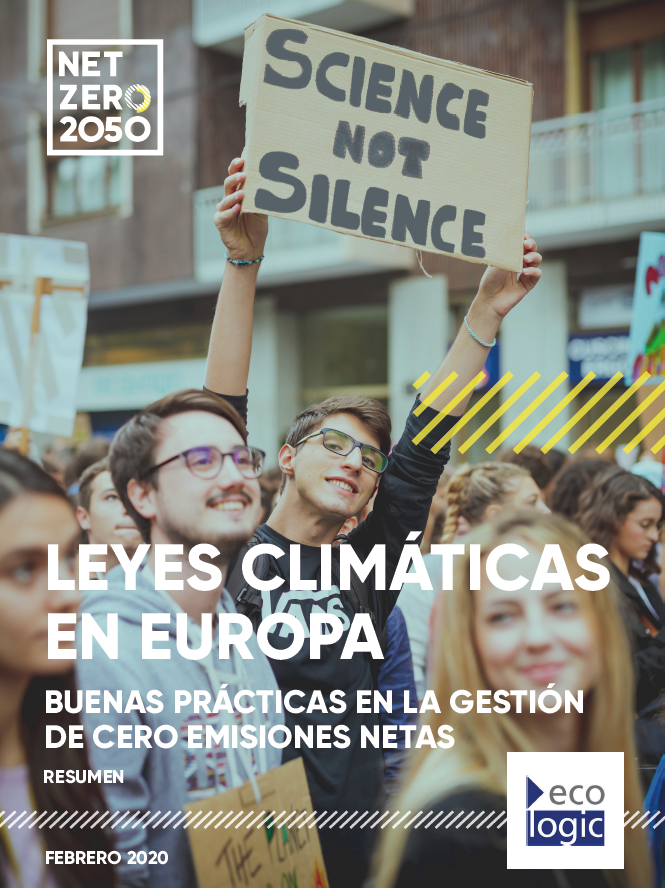Climate Laws in Europe
Good Practices in Net-Zero Management
- Publication
- Citation
Duwe, Matthias and Evans, Nicholas (2020): Climate Laws in Europe: Good Practices in Net-Zero Management. Berlin, Den Haag.
No two climate laws are the same, but an analysis of nine existing laws in Europe finds that most draw on a set of common design elements to streamline action, align policy goals, establish expert and public review mechanisms and monitor progress towards national climate goals. The assessment of the existing national legislation highlights good practices and also identifies several improvements to European climate governance that could be made via the pending EU climate law.
Achieving net-zero emissions by mid-century in the EU is a formidable policy challenge. In recent years, national climate laws have emerged as key governance tools to aid in this transition. Nearly half of all EU countries have either adopted or are in the process of preparing one. Such laws are adopted by government for government - in other words, these legal instruments help governments streamline and organise their own emission reduction actions and send a clear signal to all sectors of the economy about the speed and direction of the required changes. Furthermore, forward-looking climate laws reconcile short-term policies with long-term ambition, thereby aligning EU national climate action with the mid-century time horizon laid forth in the Paris Agreement.
This report, written by Ecologic Institute and published by the European Climate Foundation, analyzes the design of framework climate laws in eight EU countries (Denmark, Finland, France, Germany, Ireland, the Netherlands, Spain and Sweden) - plus the United Kingdom as case study number nine.
An in-depth study of the legal text of the climate laws pinpointed differences in how well the laws speak to fundamental questions regarding the organisation and process of climate policy-making in each country. These include: what climate objectives exist (targets), how these are to be achieved (measures and planning), who to involve (public engagement and scientific advice), who does what (institutional arrangements) and how well policies and actions are performing (progress monitoring). The report also looked at how concretely each law outlines a future vision for 2050.
While no single climate law stands out as better than the rest on all the dimensions investigated - and there is room for improvement - the report highlights specific good practices across the board. These design elements and existing practices should be considered by EU Member States (and the EU as a whole) as they adopt new or update existing climate framework laws.

